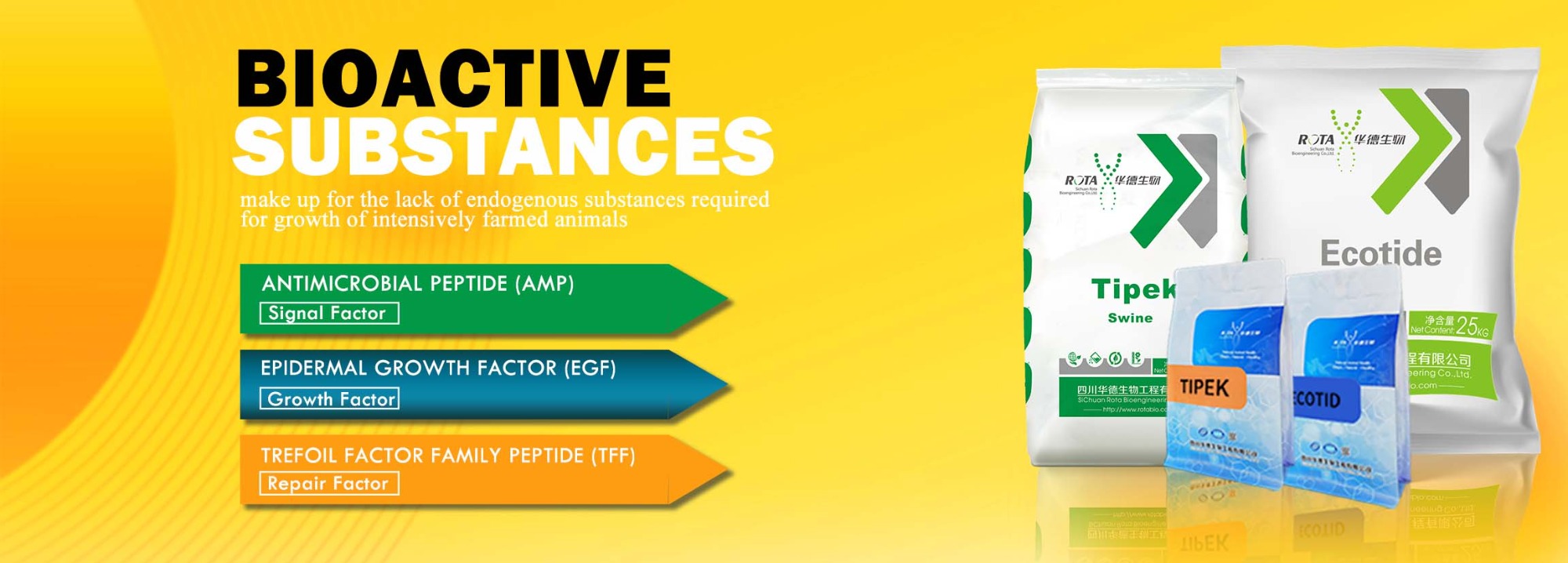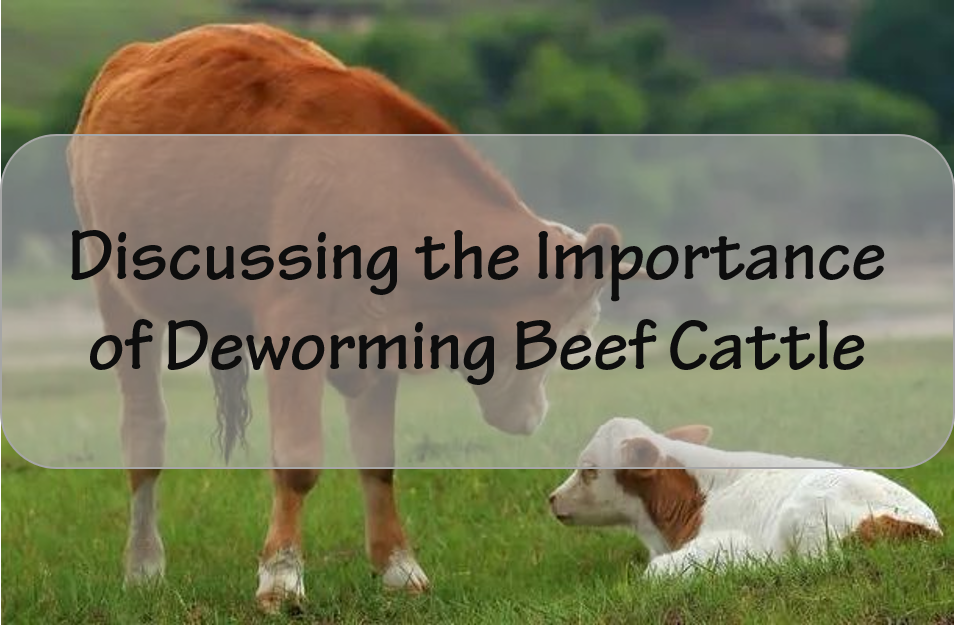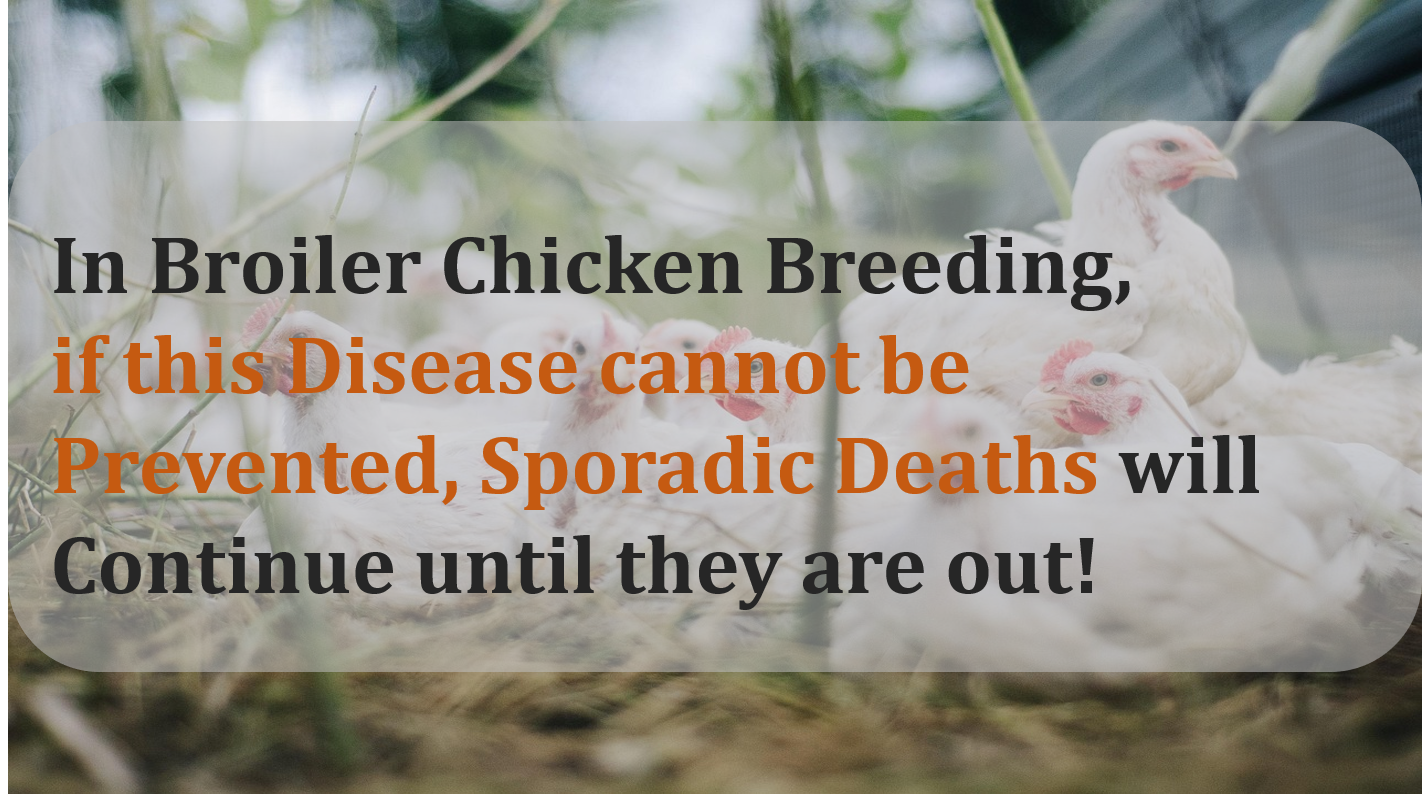| Intestine Microbiome, Metabolism and Host Immunity Chapter Ⅱ The advent of high-throughput DNA sequencing technologies—initially based on cluster reads based on 16S ribosomal RNA amplicon sequences of bacteria and archaea, and now the idea is to align the entire genome with all areas of life -- making it possible to classify samples directly without culture.
These technological advances provide a reliable method for analyzing complex microbial communities from different environments and analyzing microbial community structure over time. Although the composition of the microbiome varies between individuals, there are sometimes significant fluctuations within individuals. But there are core characteristics of microbial communities in humans. Each bodily habitat is spatially distinct and dominated by specific phyla. Niche-specific microbial communities exhibit different abundances and distributions at anatomical locations. In the gut, the number and diversity of microbial species increased longitudinally from the stomach to the colon, where the densest and most metabolically active communities (consisting of more than 1013 microbial cells) were present. Knowledge of microbial diversity within and between individuals is influencing how microbial communities are studied, leading to a shift from descriptive studies of microbial community members to mechanistic studies of the functional contributions of the microbiota to health and disease. Whole-genome sequencing and metagenomic sequencing (from cDNA libraries) are defining the functional potential and real-time activity of microbial communities and are uncovering the interplay between microbial metabolism and host development. The ability to outline microbial community regulation and dynamics and host gene expression patterns sheds light on how microbial community function affects the host and, in turn, how host genes shape microbial community composition and function. In addition, simultaneous sequencing of the metagenome and metagenome of the host and microbiome provides insight into the mechanisms underlying host-microbiome symbiosis and the differences between healthy and diseased individuals. The development of tools to identify and reconstruct genes into broader biological pathways has allowed the functional signature of the microbiota to be classified into distinct but related categories that are critical for host health (Box1).  |
 Cattle and Sheep 100 Questions Ⅳ
Cattle and Sheep 100 Questions Ⅳ
 Discussing the Importance of Deworming Beef Cattle
Discussing the Importance of Deworming Beef Cattle
 In broiler chicken breeding, if this disease cannot be prevented, sporadic deaths will continue until they are out!
In broiler chicken breeding, if this disease cannot be prevented, sporadic deaths will continue until they are out!
 Cattle and Sheep 100 Questions Ⅱ
Cattle and Sheep 100 Questions Ⅱ